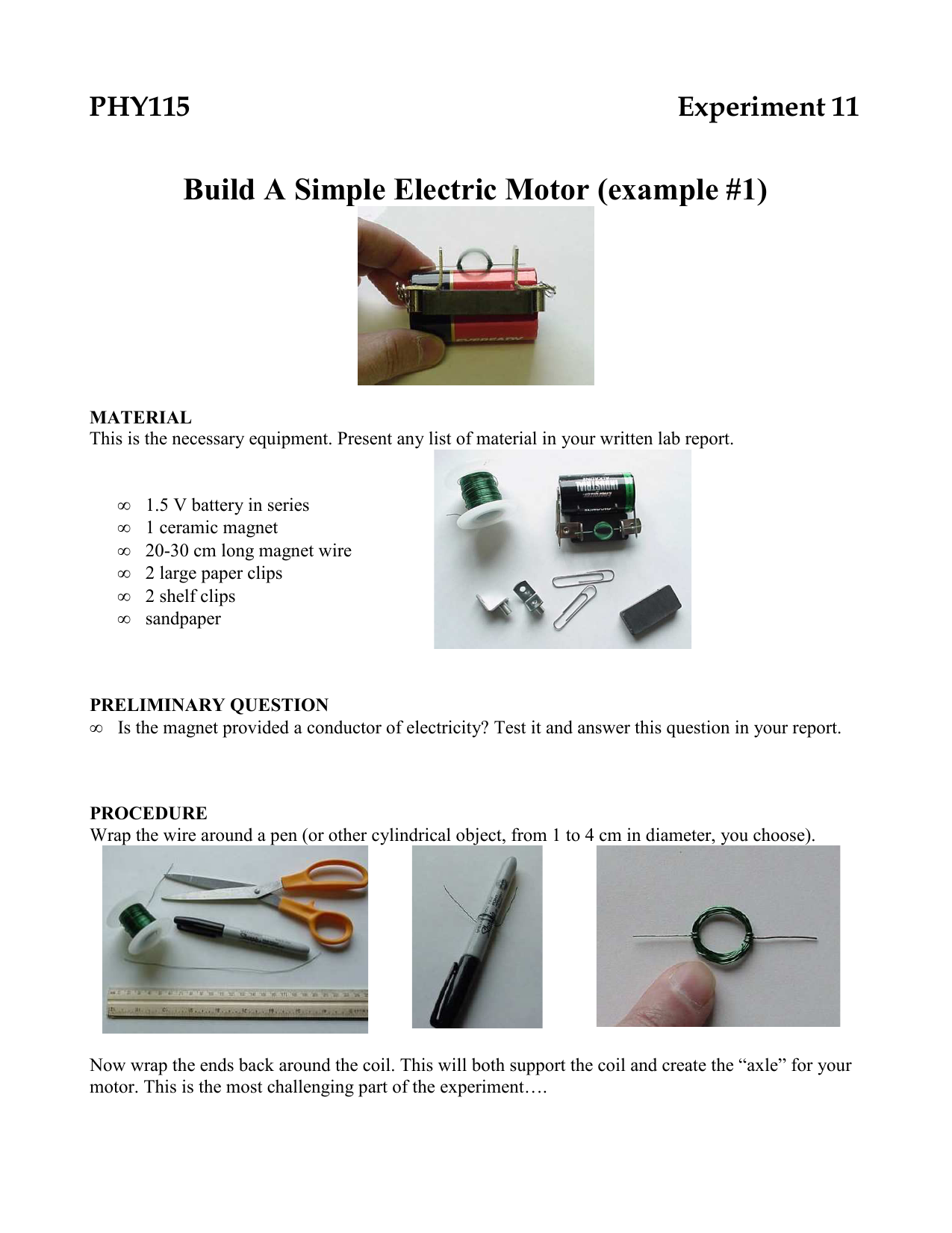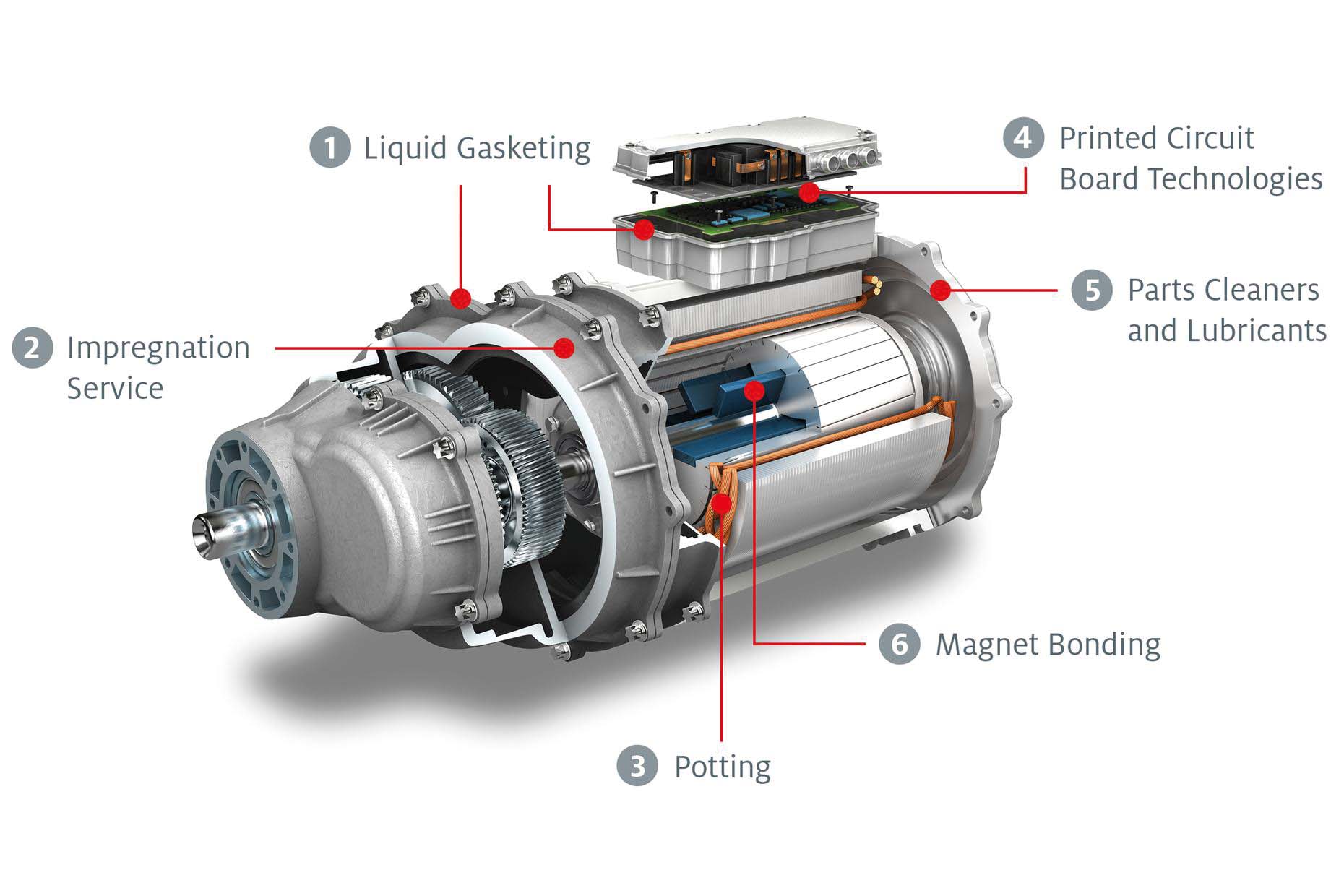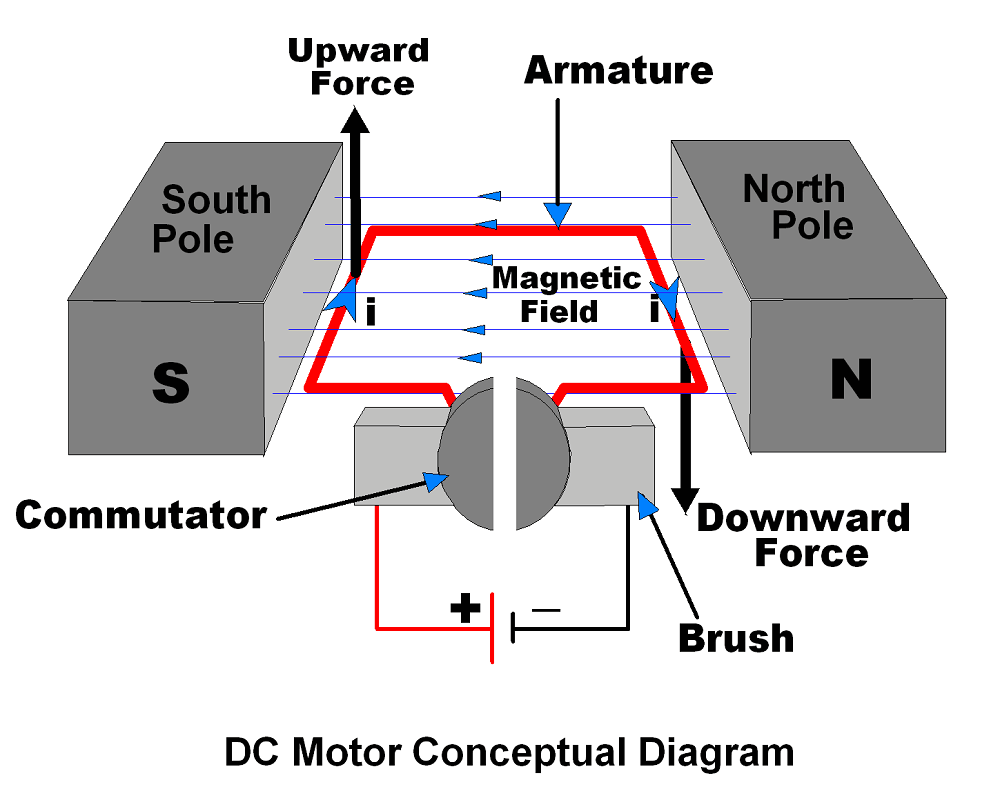What are the types of motors? Alloys of iron, aluminum, brass, steel and other metals are used to make motors. The most common ones in use are those that are constructed using winding or counter-clockwise rotors. Common examples are centrifugal, axial flow, pneumatic and chain drive mechanical motors. The most important aspects of these motors is their power rating and torque, i.e. the maximum torque that the motor can withstand while at rest.
AC motors (ampshaered direct-load) are considered as the best in many applications. They can be used for a wide range of applications including industrial, household and personal use. They are more economical and can easily be replaced when they break down. AC electric motor is either synchronous or asynchronous.
AC electric motors have various advantages over DC motors. AC motors are more durable than DC motors. AC motors can also work on alternate current sources and can produce high voltages. AC motors can have an axle-wear sensor and a gear-wear sensor..The main advantage of DC motors is that they require direct current (DC) power. These motors are mostly used in applications where high power output is required. DC motors are usually found in computers. The number of speeds the AC drives can be set (low, medium, high) also depends on the AC drive type.
The most efficient AC motors are synchronous. They provide power at the most stable speed possible. Synchronous motors use motor power in a manner similar to a gearing wheel. It reduces friction and provides a very smooth operation. In other words, synchronous motors have fewer moving parts and they can also be operated in reverse.
AC drives and synchronous motors are two different types but both can be useful. AC drives allow you to change the speed of the motor. This is done by opening and closing a gear. In the case of synchronous motors, the motor will run at a given speed until the input is changed. Whatever your application, there are types of motors to match your needs.
What is an example of a motor?
What is an example of a motor? Well, it is really quite simple to tell if you know the difference between a regular car and a car that has been driven with one of those big powerful engines. You see, the engines in regular cars are pretty much just a bunch of long metal tubes connected to one another and they drive a giant wheel. And that wheel is generally balanced by some sort of fly wheel, which helps it spin.
Now, when we take the examples of a car and an engine, we get a lot further along the line. We have something now which is referred to as the power train or the engine. Now, the way that this works is that the engine turns some sort of mechanism which gives power to the car. This power is then transmitted to the transmission and then to the drive train or the wheels of the car, which then makes the car go. This is why you often hear people talk about the car “pumping power” into their drive trains.
So, that was the history of the first motor. It is a pretty boring story really, and is really just the first step of the history of the world as we know it. As time went on, machines were more complex and started to take over from the humans. The more complicated machines were not only powered by motors but also by electricity and eventually by nuclear fission.

What are the 6 parts of an electric motor?
If you want to build your own electric motor then it is probably wise that you start by learning about the 6 parts of an electric motor. By learning how they work and why you would want to use them you will have the knowledge necessary in order to make a quality and efficient motor. Once you learn how they work it is easy to put them together.
The first and most important of the six parts of an electric motor is the battery. The reason this is the first part to be addressed is because the use of batteries is one of the primary reasons why an electric motor runs. Secondly, batteries are required if you want to use the power of the motors. For example, say you wanted to build a small remote control helicopter which uses a brushless motor to fly. The only way to make this work is to have a battery that can supply enough power for the motor to function.
The second thing that needs to be addressed is why the battery is used in the first place. The main function of the battery is to store energy that the motor needs to use so that it does not have to use more of the battery, then it needs. So, by addressing these two issues it should be fairly easy to understand how the parts of an electric motor work. All in all, knowing how the electric motor works should help you to build a motor that will be durable and last a long time.




